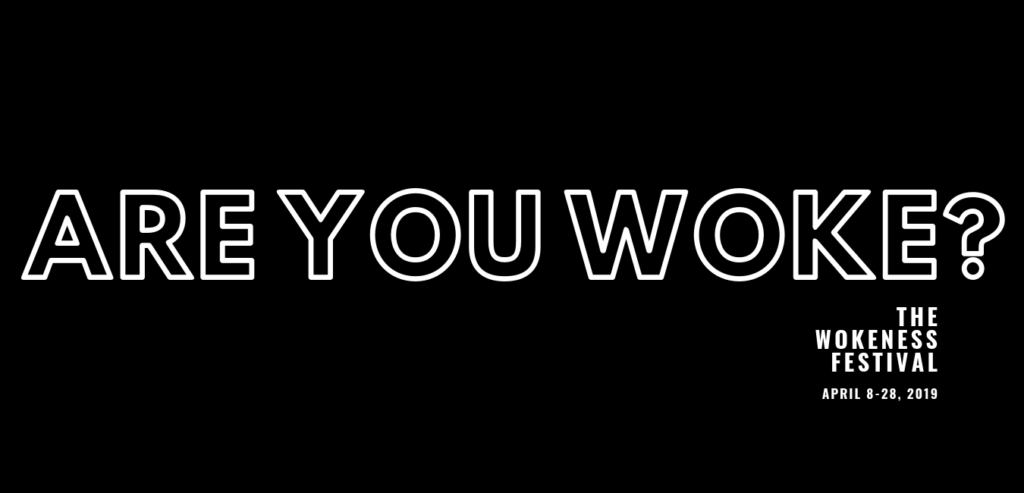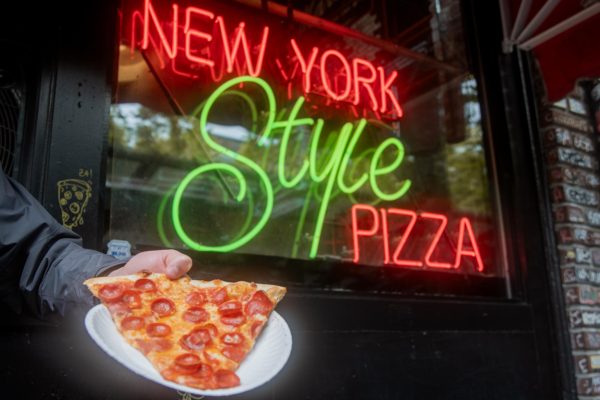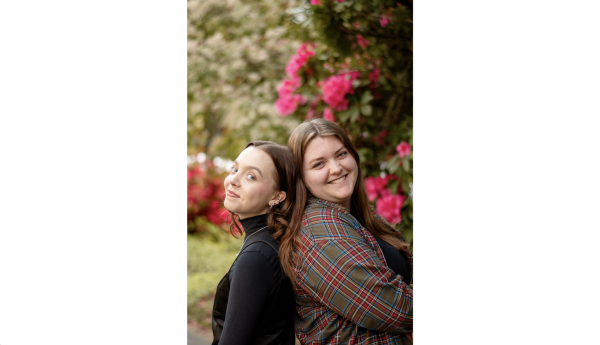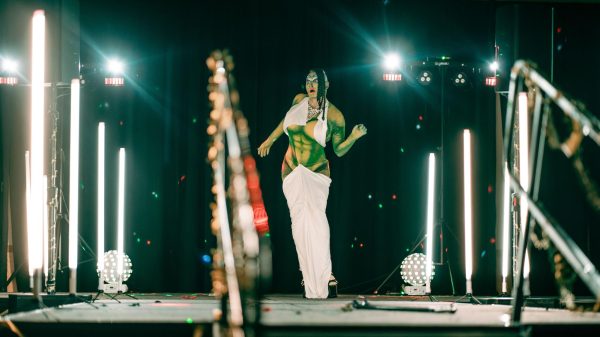“Shot” Performance Wakes Up Audiences at Wokeness Festival
The WOKENESS Festival, organized by Spectrum Dance Theater and ongoing until April 28, is a series of dance and non-dance events aimed at generating conversation around issues of race, equity, gender, and justice– ultimately, challenging assumptions on what it means to be “woke.”
The dance events, performed by Spectrum Dance members and directed and choreographed by Donald Byrd, are a form of resistance through art, and they work to present the realities of racism in a tangible and humanizing way. Non-dance events, comprised of conversations with local and national activists, complement the content of the performances to further explore what “wokeness” really is.
“The larger focus of the festival is to really spark care among various communities and really encourage folks to examine themselves and why racism is something they aren’t constantly thinking about,” Marketing Director at Spectrum Dance Theater Taelore Rhoden said.
One dance performance featured in the festival, entitled “SHOT,” “a presumption of guilt and dangerousness” which focused on the killing of black people by law enforcement in the U.S. Fraught with desperation, anger, terror, and tragedy, “SHOT” created an accurate and jarring representation of what it means to be black in present day America.
A central element to “SHOT” was the death of Keith Scott, an unarmed black man who police killed in Charlotte, North Carolina in September of 2016. His wife Rakia Scott, who was played by dancer Nia-Amina Minor in the performance, filmed the encounter. At several points throughout the performance Minor screamed into the audience—just as Rakia screamed at the police in footage of this tragedy – “he doesn’t have a gun…he better live, he better live,” her voice defiant at first but growing more and more desperate.
In this retelling, audience members witnessed more than just fear and anger–they also witnessed heartbreak in the aftermath of tragedy.
In the middle of the performance, Byrd came on stage and recited a list of 10 rules that black people should remember when encountering the police. Byrd called these rules “the talk” that black parents are having with their children with increasing frequency.
At the end of the performance, dancers paid tribute to the unarmed black men and women who died from police brutality. The names of the fallen were projected onto the stage and audience members were struck by the powerful imagery of a wall crowded with ghosts.
“Dance has caused a lot of attendees to have a very visceral reaction to race relations, the realities of racism, injustice, and of history repeating itself in our society,” Rhoden said, speaking about what she’s seen so far in the festival.
After the performance, Byrd and the dancers assembled on stage for a talk-back session, answering audience questions and responding to comments. The disparities among audience responses spoke to the overall goal of The WOKENESS Festival. Rather than focusing on the performance’s application to the real world and using it as a jumping point for serious conversation, some audience members focused solely on the performance’s artistry.
Angered by the superficiality of these questions involving the performance’s artistic merit, a black woman in the audience expressed the fear she feels every day and her frustration with feeling unheard.
“For some folks this is just a play but for me this is real life,” she said.
Another audience member reflected on the difference between white guilt and wokeness, defining white guilt as brief acknowledgement without follow-through and coming to the conclusion that wokeness requires persistent action and attention.
“The overall goal of [the festival], and specifically why we’re doing this with dance and the humanities series, is to force people to have conversations that I think a lot of folks in our community are able to not have,” Rhoden said.
The WOKENESS Festival provides a platform for people to reflect on their own understandings of “wokeness” and to engage in conversation with community members from various racial backgrounds.
The editor may be reached at
[email protected]










